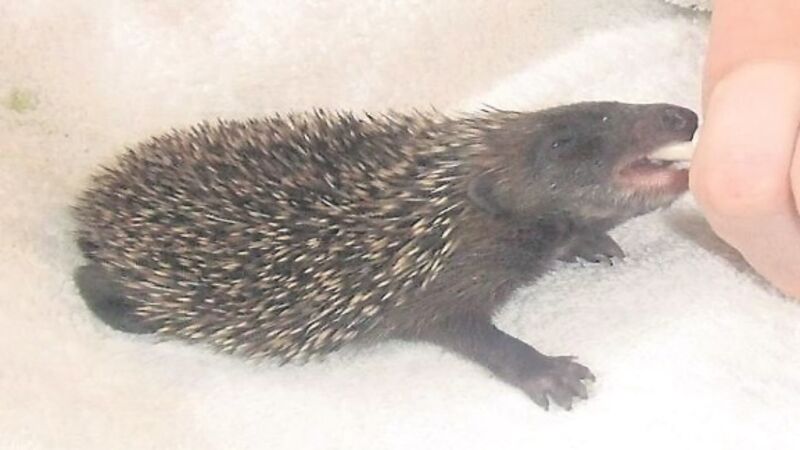Public rescues hundreds of injured wildlife each year

A new survey has revealed for the first time how thousands of injured and sick wildlife are rushed to vets for treatment after traumas which include road collisions, accidents with windows and accidents with garden strimmers.
Distressed and sick deer, hedgehogs, rabbits, garden birds and even seals have all been brought in to veterinary clinics and hospitals for life-saving treatment.
Concussed garden birds are the largest patient group followed by rabbits, hares and hedgehogs.
Emma Higgs, director of Wildlife Rehabilitation Ireland which carried out the survey, said spring and summer is the peak time for orphaned wildlife.
“It’s when all the babies are born and it’s when we get all the orphans are in,” she said. “It’s where the mother or parents have been killed or have been disturbed and gone off.”
She said once the animals have been treated initially, it is then a case of rearing them to an age where they can be weaned and are able to go back to the wild.
Concussion and other injuries to birds from crashing into windows and conservatories is the top cause of injury of Irish wildlife brought to vets with over 700 collision cases in a year.
“Thankfully for an awful lot of them it’s a temporary concussion and it’s a case of keeping them warm and somewhere quiet and they survive. You also get a good lot of them dying because birds are just so delicate,” said Emma Higgs.
Road traffic accidents are the second largest cause of emergency wildlife cases. while being attacked by predators is another major cause of injury with over 300 cases of bitten wildlife, according to the survey.
It revealed almost 3,000 wildlife animal and birds were brought for treatment in 116 Irish veterinary clinics and hospitals around the country in 2012.
The most common mammals are rabbits and hares and hedgehogs but the survey found there were over 50 bats rescued along with the same number of deer.
She said: “The likes of hedgehogs would get cut by strimmers in the garden in summer.”
The survey showed that just under a third of the animals were put to sleep humanely while one in 10 of the animals died, just over a third were released back into the wild and over 10% were re-homed.
If you find injured or sick wildlife go to Wildlife Rehabilitation Ireland at wri.ie











